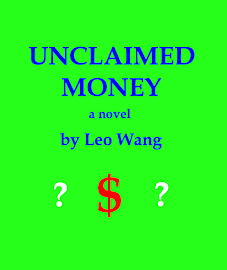We're not talking about a decades-long romance. We're talking about a decades-long process in financial planning that is crucial to understand. Because it involves a lot of money--and we mean a lot--it's something you would grow to love as you learn more about it. We're talking about the compounding of investment returns.
Compounding of investment returns simply means reinvesting the interest, dividends, capital gains and other profits from an investment. For example, assume you have $10,000 invested and receive a 5% gain each year, or $500. If you spend the $500 on lifestyle enhancement, your return every year will remain $500. But if you reinvest the the $500, look at what happens: (a) in year 2 of the investment, you'll have $10,500 invested (i.e., the original $10,000 plus the $500 return for year 1), which yields a return of $525; (b) in year 3, you'll have $11,025 invested ($10,500 from year 2, plus the reinvested $525 return from that year), which yields a return of $551.25; and (c) in year 4, you'll have $11,576.25 invested ($11,025 from year 3, plus the reinvested $551.25 return from that year), which yields a return of $578.81. As you can see, the process of compounding increases both your invested total and each year's returns. Over time, they grow by ever-increasing amounts. That's the heart of the process of compounding: you'll get more over time, which will help you get even more in the future. In other words, the more you love compounding, the more compounding will love you.
If this investment compounds for 30 years, it will reach a total of about $43,000. If it compounds for 40 years, it will reach a total of about $70,000. If you don't compound, the investment will remain at $10,000. That doesn't build wealth.
Compounding allows you to plant a money seed and watch it grow over time. Even a relatively small seed like $10,000 grows to $70,000 in the example above (which assumes a modest 5% annual rate of return). There is the question of inflation. Assuming that inflation stays at its long term historical rate of approximately 3% per year, the $70,000 will be worth about $20,000 in today's dollars. Not impressive, you think. But consider what happens if you don't compound: the original $10,000 becomes equivalent to about $3,000. Whatever inflation does to compounding, its effect is far worse if you don't compound.
Compounding is one of the most powerful tools an investor has, and it's available to everyone. You don't have to have an MBA or be a favored customer of a Wall Street firm to be able to compound. Anyone who saves and invests can compound. Any time you put some money in a bank account, money market fund, or mutual fund, make sure you reinvest the interest, dividends and other gains. Remember, if you love compounding, compounding will love you.
Our next blog will continue the discussion of love in a time of financial planning.
Subscribe to:
Post Comments (Atom)







No comments:
Post a Comment